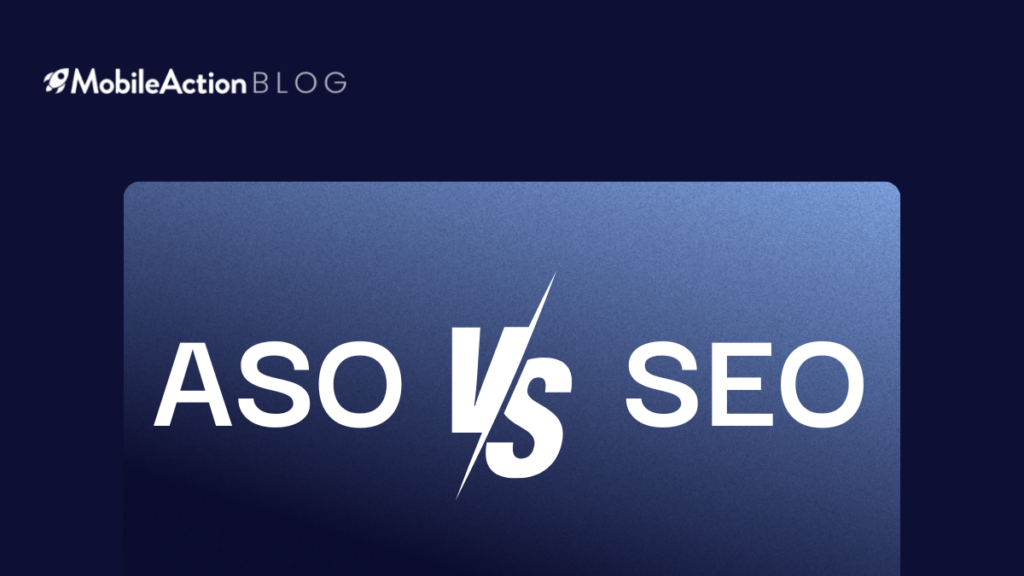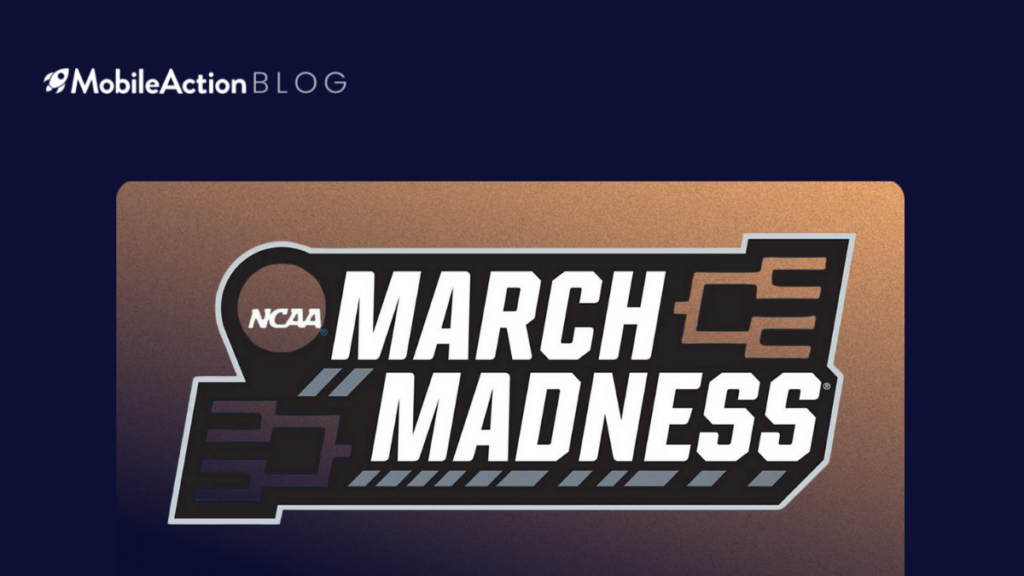The famous saying “You never get a second chance to make a first impression” emphasizes the importance of starting off well. This is even applicable when the topic is using a new mobile application or a SaaS platform.
The importance of making an excellent first impression when you’re dealing with a new mobile app or SaaS platform is undeniable. When users initially log in, there’s a sense of excitement and curiosity to explore the functionalities, experimenting and gauging whether it aligns with their current needs.
However, these initial interactions carry a weighty impact, capable of either cementing or shattering the foundation of the user’s relationship with the platform. A bad first experience can quickly push users away, leading to more people leaving, fewer people using the product, and unhappy customers who don’t get much benefit from what they invested in. This often happens when the people using the tool can’t find its value. To prevent this, app owners should implement user onboarding processes successfully.
User onboarding is the process of moving a person from the sign up stage to the adoption stage, through which new users become proficient in an application. By employing user onboarding best practices, app owners can successfully make a great first impression.
Although it is important to implement user onboarding best practices, onboarding is only a unifying element that is used to successfully move a person from the sign up stage to the adoption stage and then to the retention stage. For this reason, in order to start onboarding a person, the person must first sign up, and for that, your product must be visible in the market.
In MobileAction, we provide many different solutions to boost the number of downloads of your apps. The powerful ASO Intelligence tool we have developed is just one of them. To learn more about the benefits that ASO Intelligence can offer, you can sign up for free and start using this tool for free, or take a look at the end of this article.
With this in mind, here are 10 invaluable user onboarding best practices aimed at enhancing the user journey.
Top 10 User Onboarding Best Practices
1) Identify Your Users Well
Understanding your customer base is at the core of effective onboarding. This involves thorough research to gather insights into their demographics, behaviors, preferences, and pain points. Develop detailed user personas that encompass their goals, challenges, and motivations. This information allows you to create tailored onboarding experiences that resonate with different user segments, enhancing engagement and adoption.
Grammarly, a widely used online platform for AI-powered grammar checks, takes a user-centric approach that optimizes its services. Before users engage with its grammar-checking tool, Grammarly gathers specific details about the text’s audience, formality, domain, and intent. This data-driven process allows Grammarly to provide tailored suggestions that elevate the writing’s impact and quality.
By prompting users to define their text’s audience, Grammarly personalizes suggestions for tone and style, catering to diverse audiences with distinct needs. This adaptability enhances writing quality by maintaining a consistent tone and recognizing industry-specific language. Moreover, understanding formality and intent refines Grammarly’s feedback, ensuring that writing remains effective and aligned with desired outcomes.
Incorporating these insights, Grammarly empowers users with grammar and writing recommendations that resonate. This strategic approach creates a user experience that’s both efficient and impactful, aligning perfectly with the user’s goals.
2) Tailor Contextual Experiences for Different Users
Recognize that your user base is diverse, and one-size-fits-all onboarding won’t suffice. Segmentation involves categorizing users based on common attributes or behaviors. This segmentation enables you to provide contextual onboarding experiences. For instance, new users might receive step-by-step tutorials, while experienced users might receive updates on advanced features. This personalization enhances user satisfaction and promotes a sense of being understood.
Much like Grammarly, Canva prioritizes user intent. As a prominent design platform, Canva prompts users to specify their intent—whether personal, student, teacher, charity, small business or large business. This user-centric approach empowers Canva to tailor its design suggestions accurately to each user’s goals.
By aligning design solutions with user intent, Canva ensures that the templates, tools, and design elements offered are not only visually appealing but also purpose-driven. This strategic approach streamlines the design process by presenting users with options that directly resonate with their intentions. Just like Grammarly’s user onboarding strategy, Canva’s commitment to understanding user intent enhances the user experience by delivering targeted solutions that align seamlessly with users’ needs.
3) Map out the User Journey
The user journey encompasses the entire lifecycle of a user’s interaction with your app. Map out the stages a user goes through from initial interaction to becoming proficient. Identify potential pain points and moments of opportunity where onboarding can be seamlessly integrated. This strategic approach ensures that users are guided through key touchpoints and can easily access the information they need at each stage.
4) Communicate the Value Proposition
During onboarding, your value proposition should be front and center. Clearly articulate how your app addresses users’ needs and solves their problems. Utilize concise and compelling messaging to emphasize the benefits and advantages your app offers. By establishing the value your app provides early on, you capture users’ attention and motivate them to invest time in the onboarding process.
5) Create an “Aha” Moment
The “aha” moment is a pivotal point in the onboarding journey where users experience the true value of your app. This can be achieved by showcasing a standout feature that addresses a pressing pain point or by guiding users through a quick win. When users realize the app’s potential and how it can enhance their lives, they become more likely to engage actively and continue using it.
6) Don’t Be Too Pushy
While it’s important to guide users through the onboarding process, bombarding them with excessive tutorials, pop-ups, or notifications can be overwhelming. Users might feel pressured and frustrated, potentially leading to a negative experience. Instead, focus on offering clear, concise instructions and making helpful resources available for users to access when they need them. Give users the freedom to explore your app at their own pace, fostering a more natural and enjoyable onboarding journey.
7) Implement Gamification
Gamification involves incorporating elements of game design into the onboarding process. By adding rewards, points, challenges, or interactive elements, you can make the onboarding experience more engaging and motivating. Users are encouraged to complete tasks, explore features, and achieve milestones in a fun and interactive way. This not only keeps users entertained but also helps them grasp the app’s functionality more effectively.
Forest app ingeniously employs gamification to enhance users’ focus and productivity. Functioning as a virtual garden for concentration, the app transforms the task of staying focused into an engaging game. Users plant a digital tree whenever they commit to a task. The catch is that the tree will only grow if the user maintains their focus for the predefined time.
This interactive mechanism not only gamifies the act of concentration but also instills a sense of responsibility to nurture and protect their virtual trees. Conversely, if a user becomes distracted and leaves the app, the tree withers away, creating an immediate consequence for lapses in concentration.
This gamified approach intertwines users’ behavioral psychology with their desire for accomplishment, making the act of focusing akin to cultivating a garden. The app’s visual representation of progress—vibrant, flourishing trees—creates a tangible and rewarding sense of achievement. Through this game-like dynamic, the Forest app not only bolsters users’ focus and time management but also transforms the often daunting task of maintaining concentration into an enjoyable challenge.
8) Employ a Multi-Channel Strategy
Users interact with your app across various platforms and devices. Employing a multi-channel strategy ensures that your onboarding message reaches users wherever they are. Use in-app messages to guide users through initial steps, send emails with tips and feature highlights, utilize push notifications to remind them of uncompleted tasks, and leverage social media to create awareness and engagement. Consistency across these channels reinforces the onboarding process and maximizes its impact.
9) Never Stop Providing Guidance and Support
Onboarding doesn’t conclude once users have completed the initial steps. Ongoing guidance and support are crucial for retaining users and helping them navigate your app’s complexities. Establish a comprehensive help center with frequently asked questions and resources. Offer tutorials, video guides, and webinars to continually educate users on advanced features. Promptly address user inquiries and issues through responsive customer support, ensuring users feel supported throughout their journey.
10) Keep in Mind That No Onboarding is Also an Option
While most apps benefit from onboarding, some apps are designed with simplicity in mind. They’re intuitive and user-friendly, requiring minimal instruction. In such cases, allowing users to explore and discover features independently might be the best approach. However, even when opting for minimal onboarding, ensure that users can easily access information if they need clarification.
Onboarding is an option, but ASO is a necessity. Since every product needs sign ups and every app needs downloads to continue to survive in their industries, they must make themselves visible in the marketplace.
To satisfy this need of the mobile app industry, MobileAction developed a robust ASO Intelligence tool. ASO Intelligence enables its users to get all the information they need to increase app visibility and conversion. The best part is that you can sign up for free and start unlocking the power of ASO Intelligence right away!
These are only some of the benefits of our game-changing ASO tool:
ASO Intelligence by MobileAction
Keyword Gap: Displays which organic keywords you and your competitors have in common. Also, you can see your or your competitor’s unique organic keywords, which enables you to understand the details of your competitor’s ASO strategy.
Keyword Tracking: Picks keywords from our comprehensive collection of potential keywords for your app to see which ones your competitors are using, what your app’s description is, and which ones get the most downloads.
Keyword Optimization: Before going live, tests your app’s title, subtitle, brief description, App Store Connect Keywords, and description, enabling you to quickly compare your title and subtitle to those of your competitors and identify the keywords that are lacking.
Keyword Spy: To get the best recommendations, spies on your competitors’ metadata, paid and organically ranked keywords, and recommended paid keywords.
Keyword Research: For each seed keyword you have, finds more keywords. Gets related terms, long-tail variations, app stores auto-fill search suggestions by typing in a keyword so that you can see the most recent popular searches to find inspiration.
ASO Report: To save you precious time and automate the process of entering your keywords manually, the ASO report evaluates the overall ASO keyword health of your app or any other app. Displays the number of keywords for which an app is ranked, weekly variations in ranking distribution, and historical keyword rankings.




